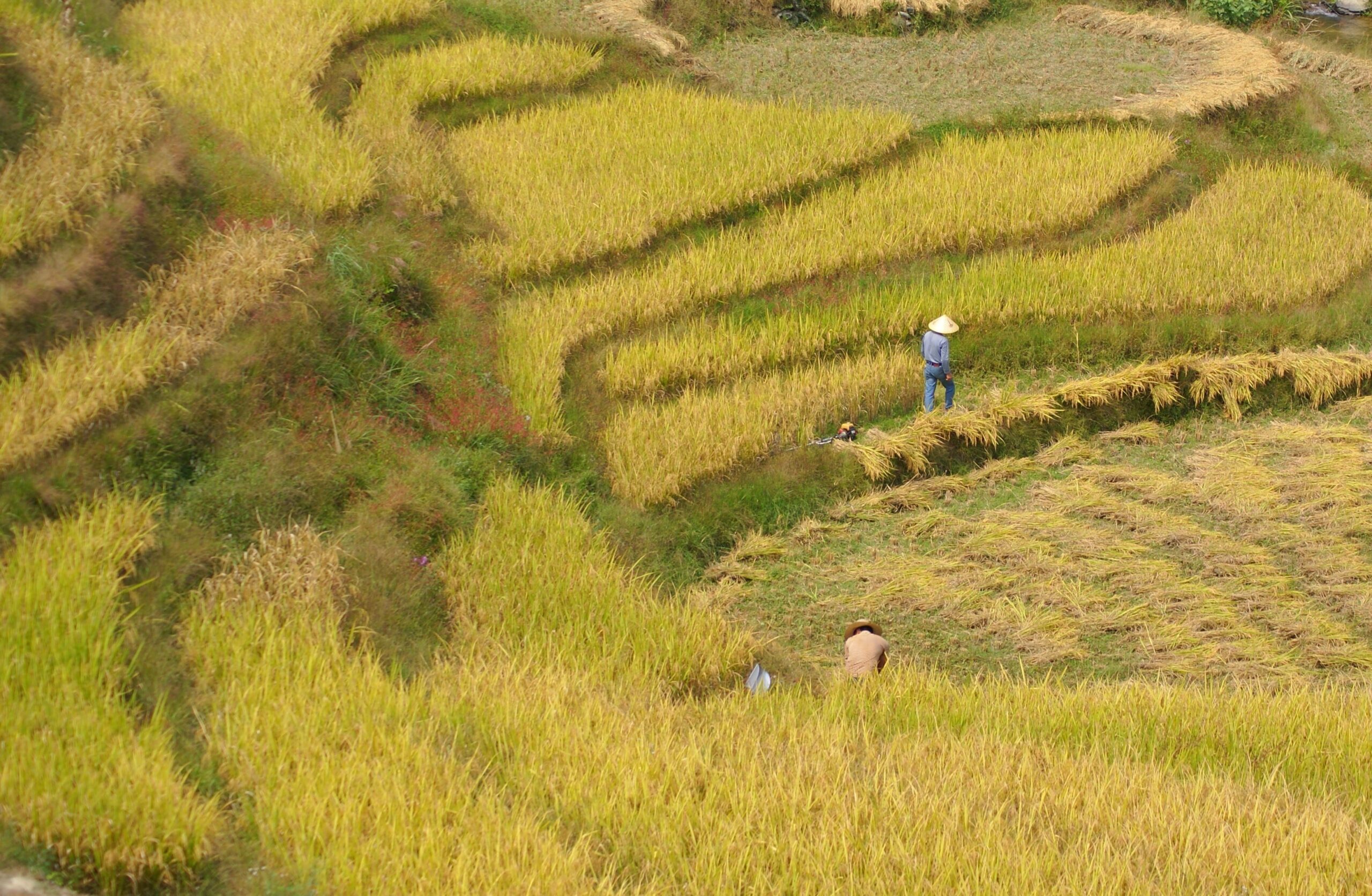What is GWP
Global Warming Potential (GWP) is a scaling factor that enables a standard way to compare the climate impacts of different greenhouse gases. There are different GWP systems, (GWP20, GWP*). The Cool Farm Tool / Cool Farm Platform uses GWP100 consistent with accepted protocol per IPCC and the Paris agreement.
What is GWP*?
GWP* is a scaling factor that aims to better reflect the different behaviours of carbon dioxide (CO2) and methane (CH4) in the atmosphere. Methane stays in the atmosphere for a short period of time compared to CO2 – about 12 years compared to centuries – but its potency is much higher during that time. Accordingly, GWP* allocates the weight of 25 percent to annual emissions and 75 percent to changes in annual emissions. GWP* – has been referred to as a model, rather than a metric [1].
What is GWP20 and GWP100?
If GWP100 scales the global heating impacts of different greenhouse gasses over 100 years, GWP20 scales these impacts over 20 years. GWP100 for methane is 28, while GWP20 for methane is 86.
Cool Farm Tool /Cool Farm Platform uses GWP100 for the reasons outlined below.
GWP* is currently not an approved metric for reporting
GWP* is not currently an officially approved metric for greenhouse gas reporting. Most international climate agreements and national regulations, including the Paris Agreement, use GWP100. Many emissions reduction trajectories have been developed for GWP100 (or separately for CO2 and methane)
Potential for confusion
Applying GWP* to emission reduction targets originally developed for GWP100, or separately for CO2 and CH4, is inappropriate and potentially misleading. This approach risks shifting the responsibility for climate mitigation away from methane and placing a disproportionate burden on reducing CO2 emissions.
Caution must also be taken not to compare results using different GWP factors, for example using different GWP factors will never ‘lower emissions’.
Equity and fairness concerns
GWP* can inadvertently favour existing methane emitters, which are often located in wealthier countries. This is because it has the effect of showing new or increases in methane emissions to be more harmful and reductions to be more beneficial. As highlighted in the SW Consulting report[i], this can distort the distribution of permissible methane emissions to meet global targets. Wealthier countries with established methane emissions might appear to be making more significant progress under GWP*, skewing the perceived responsibilities and efforts required from developing nations. This raises important questions about the equity of climate policies.
Conclusion
While GWP* provides an interesting perspective on the climate impact of short-lived gases like methane, its use comes with risks. The lack of official approval and the potential for confusion make it a contentious choice for carbon accounting.
At Cool Farm, we have decided, for now, to continue using the established GWP100 metric to ensure consistency and comparability. We encourage stakeholders to report gases separately (which our new platform in production will do more easily). Should users want to use GWP* for their own purposes, they can use the outputs of our tool to report their own GWP* against an appropriate baseline.
For further reading and insights into the complexities of GWP* and its implications, we recommend exploring the SW Consulting report on this topic (https://www.sw-consulting.co.uk/gwpstar) or the Jan Peter Lesschen article here.
[1] https://pure.iiasa.ac.at/id/eprint/18447/1/Meinshausen_2022_Environ._Res._Lett._17_041002.pdf









